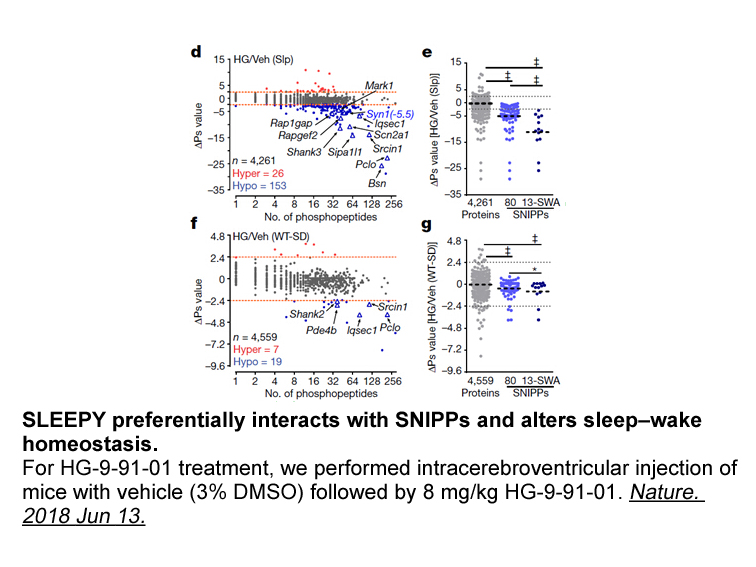Archives
br Introduction The innate immune system stands the first li
Introduction
The innate immune system stands the first line of the defense that protects the host from viral intrusion, depending on pattern recognition receptors (PRRs) and the corresponding pathways [[1], [2], [3], [4]]. The pathogen-associated molecular patterns (PAMPs) of the invading viruses may be recognized by PRRs. Then, the adaptor proteins (TRIF forTLR3, MyD88 for TLR7/8/9, MAVS/IPS-1 for RIG-I) would be recruited, and the infecting signals would be transmitted to the downstream kinase complexes, followed by the activation of transcription factors, such as interferon regulatoryfactor-3 (IRF-3), nuclear factor kB (NF-kB) and ATF-2/c-jun [2,[5], [6], [7]]. Upon activated, the transcription factors may regulate the AMG-458 of type I Interferons which induce the expression of IFN-stimulated genes (ISGs) and ultimately establish the antiviral function of the host [4,[8], [9], [10]].
Many important regulatory proteins in innate immune pathways may be modified by ubiquitin [[11], [12], [13]]. On the other hand, Many de-ubiquitination (DUB) proteins may affect immunity. We have found that the papain-like proteases (PLPs) encoded by coronavirus (CoV) reduce the ubiquitinated modification of essential regulatory molecules of IFN innate immune pathway, such as RIG-1, MAVS, STING, TRAF3, TBK1 and IRF3. Additionally, CoV PLPs negatively regulate IFN expression of the host, acting as both deubiquitinases and IFN antagonists [[14], [15], [16]].
The C-terminal phosphorylation and activation of IRF3 requires noncanonical IκB kinases, TBK1 or IKK, which form signaling complexes with TRAF family members that transmit upstream signals to downstream effectors resulting in the expression of type I IFN. Previous studies suggest that TRAF family members are involved in the regulation of antiviral immune responses [[17], [18], [19], [20]]. We have reported that SARS-CoV PLP blocks the ubiquitination of STING-TRAF3-TBK1 complex and disrupts STING-TRAF3-TBK1 complex [21].
MCPIP1 (monocyte chemotactic protein-induced protein 1), a negative regulator of macrophage activation, was also found to negatively regulate JNK and NF-κB activity by removing ubiquitin moieties from proteins including TRAFs [22]. In this study, we observed that MCPIP1 inhibits the IFNβ expression activated by RIG-I, STING, TBK1, IRF3. Additionally, MCPIP1 inhibits the nuclear migration of IRF3. Furthermore, MCPIP1 interacts with TRAF3 and disrupts TRAF3-TBK1-IKKε complex which is essential for the activation of IFNβ production pathway. This report suggests that MCPIP1 may act as an IFN antagonist antiviral protein encoded by the host and uncovers the mechanism undergoes by MCPIP1 to inhibit IFNβ innate immune pathway.
Materials and methods
Results
Discussions
MCPIP1 was identified as a regulator of immunity and negatively regulated JNK and NF-κB activity by removing ubiquitin moieties from TRAFs [22]. However, the mechanisms unde rwent by MCPIP1 to control immunity have not been deeply understood. In this study, we uncovered a novel mechanism operated by MCPIP1 to negatively regulate IFNβinnate immune. We showed that (1) MCPIP1 inhibits NF-κB activity and IFNβ expression pathway activated by RIG-I, STING, TBK1 and IRF3 in a dose-dependent manner. (2) MCPIP1 interacts with IRF3 and inhibits the nuclear translocation of IRF3 upon stimulation with virus. (3) MCPIP1 interacts with the key modulators of IFNβ expression pathway including IPS1, TRAF3, TBK1 and IKKε. (4) MCPIP1 disrupts the interaction between the components of TRAF3-TBK1-IKKε complex and inhibits the corresponding IFNβ expression. These results collectively suggest a potent mechanism through which MCPIP1 negatively regulates IRF3 activation and IFNβ expression.
MCPIP1, also known as ZC3H12A, was identified in human peripheral blood monocytes treated with MCP-1 [30,31]. Several research groups have found that MCPIP1 is an immune response modifier, however, the novel mechanism remain not fully understood [[32], [33], [34], [35], [36]]. MCPIP1 protein curtains a CCCH Zn finger domain, which is thought as one of the characteristic structure of antiviral protein [37]. Matsushita et al. reported that MCPIP1 has RNase activity and may control immune response through regulating inflammatory mRNA decay [38].
rwent by MCPIP1 to control immunity have not been deeply understood. In this study, we uncovered a novel mechanism operated by MCPIP1 to negatively regulate IFNβinnate immune. We showed that (1) MCPIP1 inhibits NF-κB activity and IFNβ expression pathway activated by RIG-I, STING, TBK1 and IRF3 in a dose-dependent manner. (2) MCPIP1 interacts with IRF3 and inhibits the nuclear translocation of IRF3 upon stimulation with virus. (3) MCPIP1 interacts with the key modulators of IFNβ expression pathway including IPS1, TRAF3, TBK1 and IKKε. (4) MCPIP1 disrupts the interaction between the components of TRAF3-TBK1-IKKε complex and inhibits the corresponding IFNβ expression. These results collectively suggest a potent mechanism through which MCPIP1 negatively regulates IRF3 activation and IFNβ expression.
MCPIP1, also known as ZC3H12A, was identified in human peripheral blood monocytes treated with MCP-1 [30,31]. Several research groups have found that MCPIP1 is an immune response modifier, however, the novel mechanism remain not fully understood [[32], [33], [34], [35], [36]]. MCPIP1 protein curtains a CCCH Zn finger domain, which is thought as one of the characteristic structure of antiviral protein [37]. Matsushita et al. reported that MCPIP1 has RNase activity and may control immune response through regulating inflammatory mRNA decay [38].